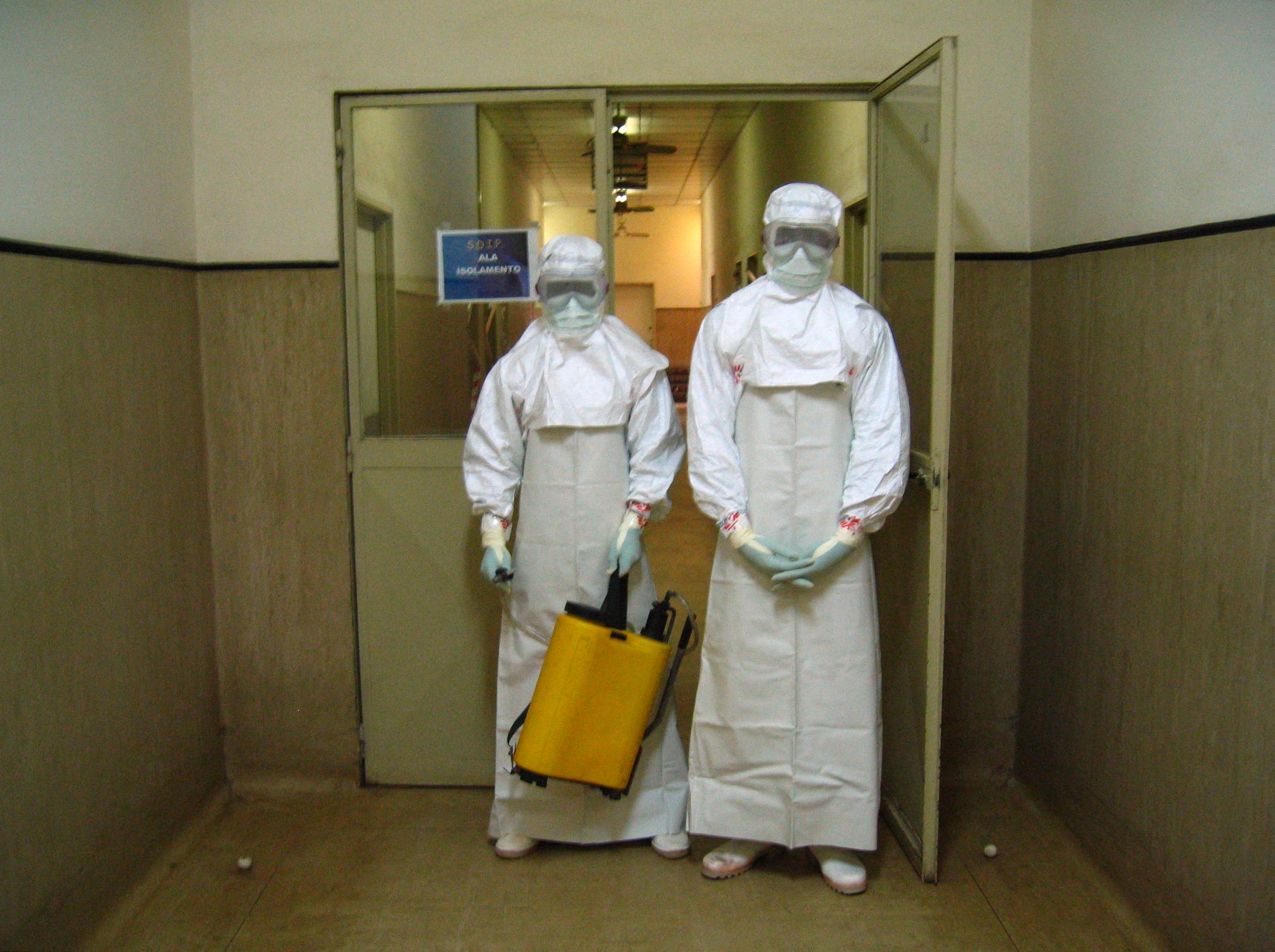The Marburg Virus, notorious for its high fatality rate of up to 88%, has led to the deaths of 11 individuals in Rwanda as authorities scramble to uncover the source of this outbreak.
Currently, there are 36 confirmed cases of Marburg. Symptoms mirror those of Ebola, prompting 25 affected people to be quarantined, as per the latest government update.
The outbreak was declared on September 27, with six fatalities reported the next day. Initial cases emerged from health facilities, and an investigation is underway to trace the infection’s origin.

Ben Curtis/AP Photo
With the source still unidentified, there are rising concerns about contagion in this small East African nation. Health officials emphasize the importance of isolating patients and tracing contacts to disrupt the spread of this hemorrhagic fever. Over 300 individuals linked to confirmed cases have been identified, with many now isolated.
To help prevent transmission, Rwandans are advised to avoid physical contact. Many of those infected are healthcare workers across six districts. The U.S. Embassy in Kigali has recommended remote work for its staff, reflecting escalating safety concerns.

Florence Panoussian/Getty Images
The Marburg virus is believed to originate from fruit bats, spreading among humans through direct contact with infected bodily fluids or contaminated surfaces. Without treatment, it can be deadly in a significant percentage of cases, with symptoms ranging from fever and muscle pain to severe diarrhea and vomiting.
Previous Marburg outbreaks have been reported in various countries, including Tanzania, Uganda, and Ghana. The virus was first recognized in 1967 after causing outbreaks in labs in Germany and Serbia, resulting in seven deaths linked to monkey research.

Smith Collection/Getty Images
Health authorities are on high alert, working diligently to contain the situation while ensuring community safety. The response is dynamic, with public health agencies emphasizing vigilance and adherence to safety protocols. Collaborations between national and international health organizations are vital for effective contact tracing and public education on prevention strategies.
This article includes reporting from The Associated Press
